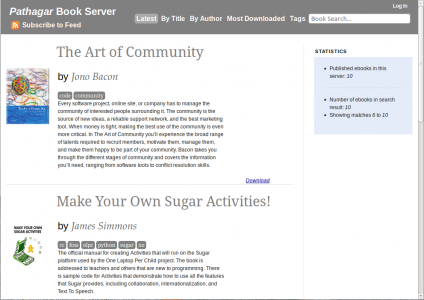
The next iteration of the XO will finally have a fully armed and operational tablet mode, thanks to an optical touchscreen from Neonode.
This week we signed a licensing agreement with them to embed their optical touchscreens into future ‘XO Touch’ laptops. The XO Touch will be a true laptop + tablet, with the same 7.5†sunlight-readable display, and Neonode’s fast-scanning multitouch. There are a lot of applications I have in mind for those prototypes…
Neonode are energy-conscious, thanks to their history of work with mobile devices, and have features such as gesture-activated wakeup that will help the XO remain the lowest-power laptop around. Neonode is also proud of their screen’s low-latency pen or brush sensors, and ability to sense proximity, pressure, and depth and measure object-size.
Leaders of both projects commented on the partnership:
Thomas Eriksson, Neonode CEO:
“We are honored to be collaborating with OLPC to produce the XO Touch, a truly pioneering and sustainable device that shows the broad versatility of our technology. This market entry confirms that our MultiSensing technology makes it possible to create a top class product that is both affordable and extremely energy saving and still has a user interface that is radical enough to satisfy the uncompromising demands of knowledge- and entertainment-thirsty children. Our company philosophy is to contribute to a better and happier world, and we have the opportunity to do so by supporting OLPC’s mission.â€
Rodrigo Arboleda, OLPCA CEO:
“OLPC is proud to partner with an organization that shares its appreciation for innovative and transformative technology. Neonode’s expertise in engineering and design will turn the XO Touch, which combines the best features of laptop and tablet, into a next-level innovative machine.â€




